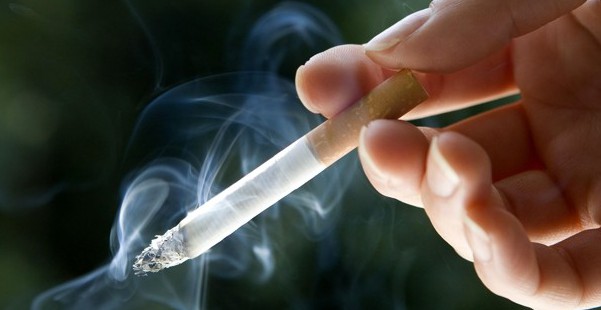
Many teens who have never smoked are being exposed to the health dangers of tobacco, reveals a new study published in the Journal of Adolescent Health.
For the study, researchers estimated the prevalence of secondhand smoke exposure worldwide among teens who had never smoked, and found that one third of those teens are exposed to secondhand smoke inside the home. In addition, the study results indicate that more than two fifths of those teens are exposed to secondhand smoke outside the home.
“We need to protect never-smokers from being exposed to secondhand smoke,” said Dr. Phani Veeranki, lead author and assistant professor in the department of Preventive Medicine and Community Health at the University of Texas Medical Branch at Galveston. “The negative health effects of secondhand smoke exposure are well known. The question is, how many teens — especially never-smokers — are exposed to it?”
The new study is the first ever to examine this issue on such a global scale. It looks at rates of secondhand exposure among more than 350,000 teens from 168 countries using the Global Youth Tobacco Survey. This survey measured secondhand smoke exposure inside and outside teens’ homes. The survey also investigated the role of parental and/or peer smoking, knowledge about the effects of secondhand smoke, attitudes toward smoking bans, age, sex and World Health Organization region.
The data show that 90 percent of teens who have never smoked know about the harmful effects of secondhand smoke exposure and 79 percent support smoking bans in public places. Interestingly, these teens have higher rates of secondhand smoke exposure, suggesting that knowing about the dangers of smoking has a limited impact on the teens’ behavior since they are not always able to avoid smoking environments.
“We found that the odds of secondhand smoke exposure for never-smoking teens exposed to both parents and peers who smoke is 23 times higher than that of never-smoking teens who don’t have smokers often around them,” said Dr. Veeranki. “Our findings provide evidence for policy makers and public health professionals about the need for smoke-free environments in places frequented by teens worldwide.”
Dr. Veeranki said that an effective approach to reducing exposure inside the home is to educate parents about the potential benefits of smoke-free households and to make sure that parents who smoke understand that they are putting their children at risk.
Reducing the rates of secondhand smoke exposure might have great potential to address the global tobacco epidemic and to reduce the burden of tobacco-related chronic diseases later in life, the authors add.
